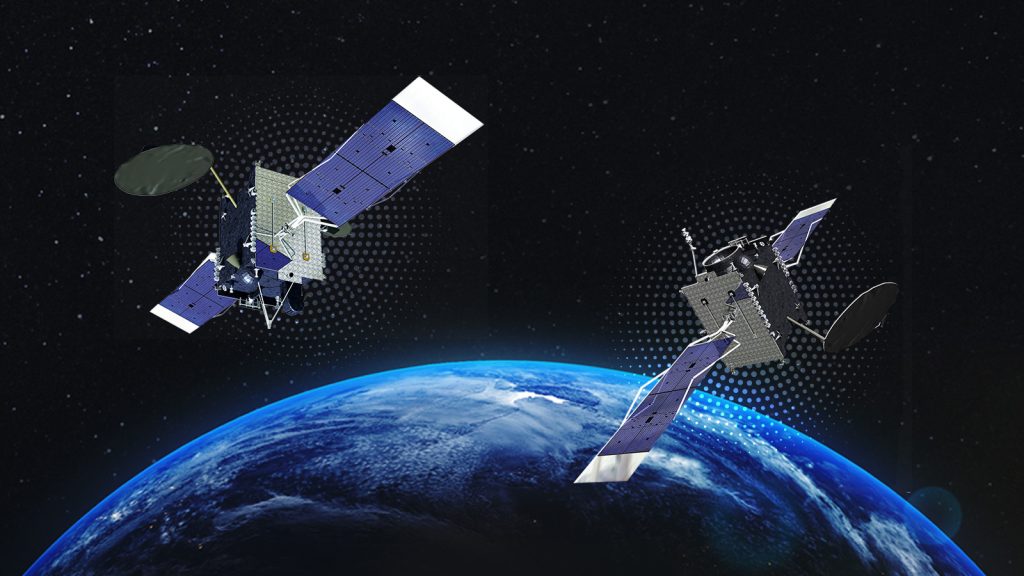Intelsat Epic brings Superior Capability to Unmanned and Manned ISR
ISR missions often use smaller, so-called disadvantaged, satellite terminals. This need is driven by size, weight and power (SWaP) requirements and other operational constraints. The high EIRP and G/T performance provided by Intelsat Epic satellites are very advantageous for these smaller terminals. The higher G/T provided by Epic-class satellites, translates into higher transmission rates from existing terminals and/or less terminal EIRP per transmitted Mbps. When Gilat Satellite Networks approached us to do some testing over Epic in support of their partnership with Diamond Aircraft on their DA42 MPP Guardian aircraft designed for homeland security applications, we were happy to help out.
In May 2016, Gilat brought their newest creation, the BlackRay 71 (BR 71) airborne terminal, with a mechanically steered 6-inch square flat panel array, to Intelsat’s Mountainside Teleport near Hagerstown, Maryland. In addition to small manned aircraft, the Gilat terminal is designed for a new generation of small Class III Tactical Unmanned Aircraft Systems (TUASs), such as the RQ-21 Blackjack and Shadow M2. Class III TUASs are targeted for use in Intelligence, Surveillance, and Reconnaissance (ISR) operations and other nonmilitary Government and commercial applications.
Data was sent from the small airborne BR-71 antenna to the Mountainside Teleport via an Intelsat Epic satellite at a rate of 3.9 Mbps with an efficiency of 0.26 bits/Hz occupying only 15.2 MHz of bandwidth at BPSK 1/3. This compares to an uplink rate of about 1.8 Mbps and efficiency of 0.09 bits/Hz achieved with a conventional wide-beam satellite occupying 20 MHz of bandwidth at BPSK 1/4 with 2x spreading. The link via HTS Epic was effectively twice the data rate and almost 3x more efficient than traditional wide-beam satellite links.
“These tests show that … the Intelsat Epic satellite delivers superior performance using Gilat’s very small airborne antenna,” said Skot Butler, President of Intelsat General. “The satellite receivers are more sensitive and can pick up a smaller and weaker signal even better than we expected.”
“The outstanding test results are testimony to our successful strategy to support the growing UAS/ISR airborne market” said Moshe (Chico) Tamir, Corporate VP and President, Strategic Initiatives, at Gilat. “The transmission of full-motion HD video at a bit-rate of 3.9 Mbps using only 15.2 MHz of bandwidth, while using such small terminals, is a breakthrough, with wide-ranging implications for both military and commercial markets.”
The initial demonstration was conducted at the Federal Aviation Administration (FAA) UAS test site in Blackstone, VA and attended by representatives from the U.S. DoD. This facility was opened in 2013 to support the safe and efficient integration of UAS into the National Airspace System.























